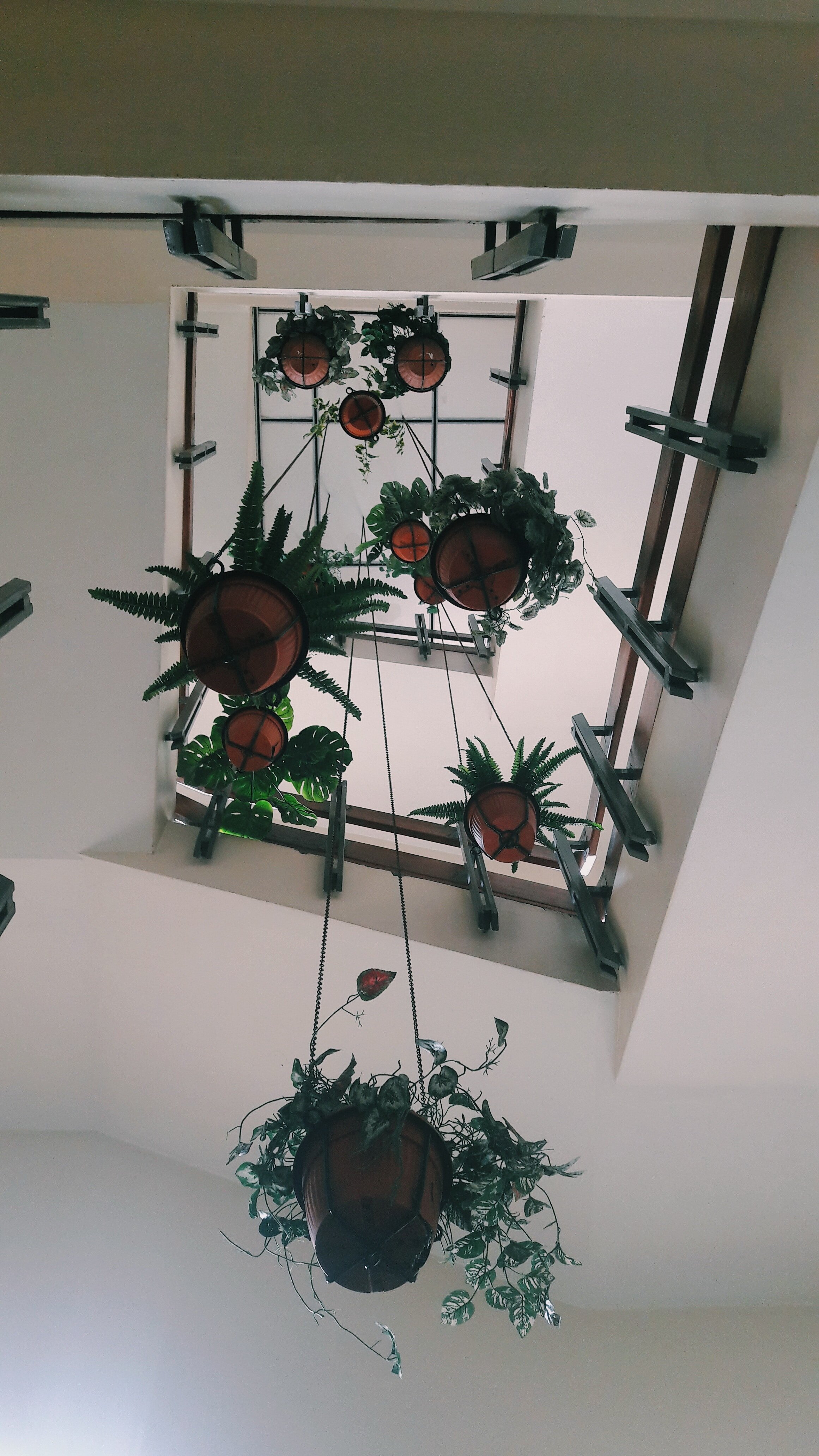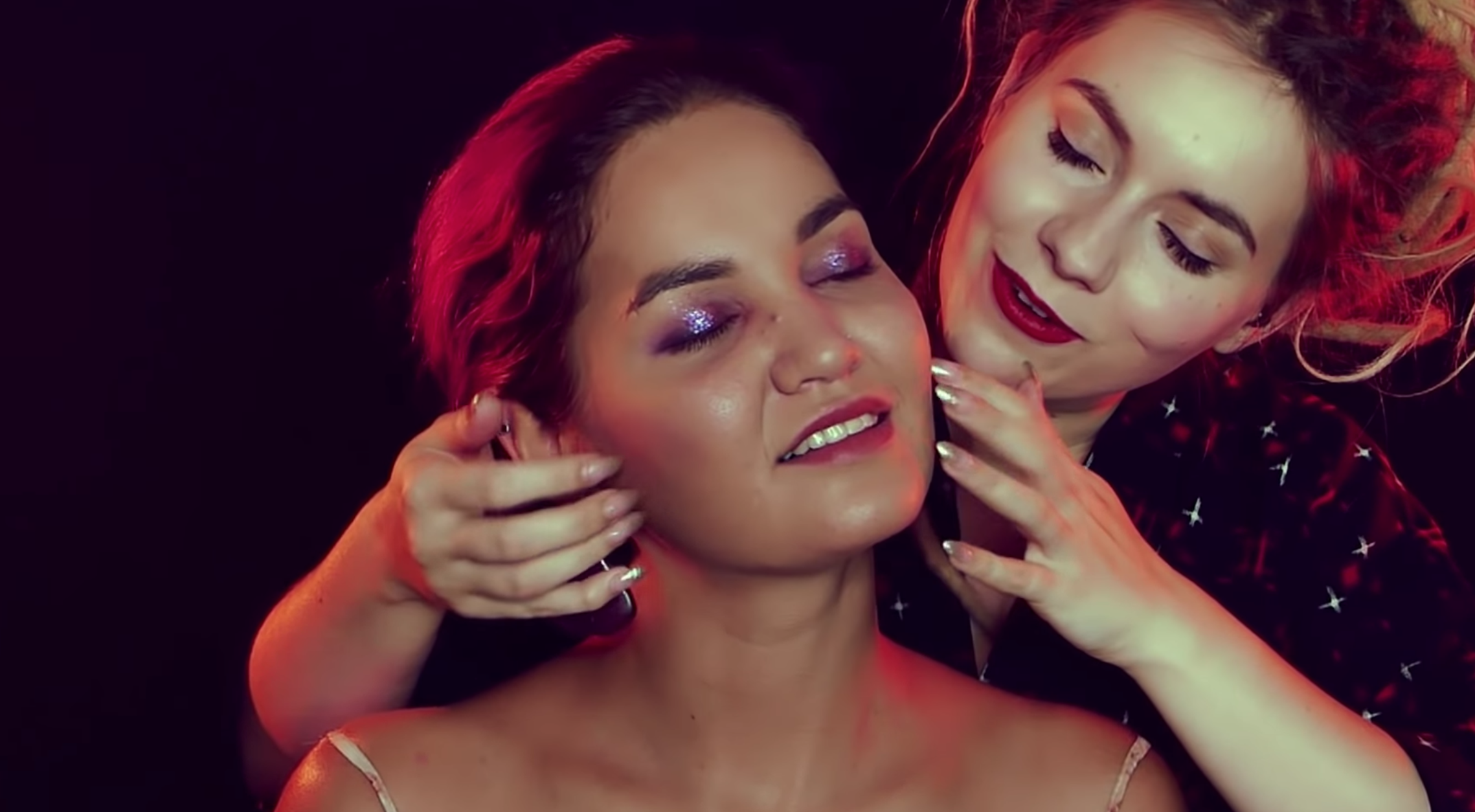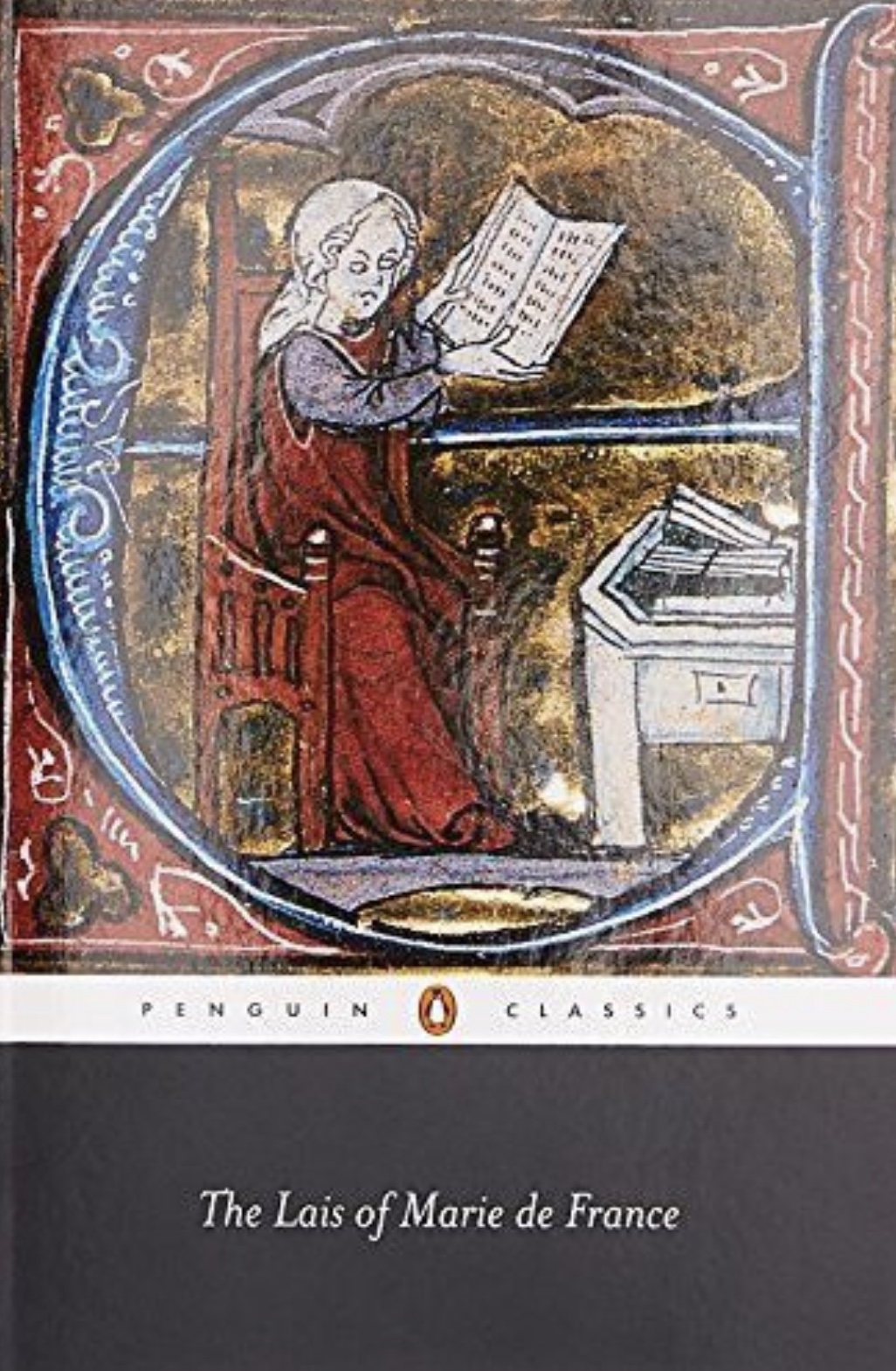BY LISA MARIE BASILE
I’ve been turning to ASMR (it stands for autonomous sensory meridian response) for years now. At first, I felt it was bizarre, if not downright creepy. Who are these people whispering into a camera, playing pretend, talking to no one, in love with small sounds?
But as time went on, I realized that I loved it. Needed it. And benefited from it. I felt the warm, gushy, sparkling “tingles” that it induces, as though someone were kissing my neck, brushing my hair in bed, or telling me a secret, their almost-almost touching. It’s not sexual. It’s intimate. It’s not horny, it’s sensual. There is a beautiful difference, where one confronts and inhabits emotional honesty and comfort.
And as someone with a chronic illness that attacks various parts of my body, the need for slow living, intentional activity, and stress management became ever clear to me. And with the long workdays, commutes, family issues, and other draining experiences my community experiences, I know that we all need time to ourselves (that said, not everyone will experience ASMR or like it!).
At times, downtime can feel lonely. Books and music help, of course, but there’s medicine in connection. This is why humans are drawn toward group ritual, poetry readings, covens, church groups, comedy shows, libraries, even social media — we are social creatures. We want to experience the fullness of being alive, but sometimes we just need others around us. We crave their energy, their being, the comfort of knowing someone is there. Intimacy — the right kind of intimacy and connectedness — is healing. There are certain situations where the solace of other people can be accessed and managed in a perfect environment: ASMR. This is especially true for introverts or highly sensitive people, who empathically crave the energy of others but are over-stimulated or exhausted at the thought of having to perform.
With ASMR, we get to watch a video — a certain near-ness to people that we can control — while taking some time for ourselves. It’s a closeness, an almost-embarrassing intimacy, a lulling quiet.
There is an abundance of anecdotal and some clinical research around ASMR’s benefits (including an ASMR ‘University’ devoted to normalizing and understanding the art and science of ASMR), many pointing to a decrease in cortisol, reduction in heart rate, and a reduction in feelings of sadness. It offers many of the same benefits of meditation and mindfulness — and when watching it I often feel I’m in a woozy, soft womb, sonically massaged into a gentle hypnotic state.
I always see comments under ASMR YouTube videos from people experiencing anxiety, stress, or PTSD — the chronically ill, veterans, the grieving, students, overworked employees, tired parents. These people form a community of insomnia-laden, solace-seeking souls who simply want to feel comforted and seen by another human being. How is that weird? It’s bizarre not to want comfort.
ASMR, after all, is not just about the whispers. It’s about that one-on-one personal attention. At the end of it all, we’re all little children in some way, yearning for love and calm. ASMR provides a temporary stasis — and a FREE tool that can be accessed anytime.
My favorite ASMR artist — often called the “mother of ASMR” is Emma WhispersRed. Her book, Unwind Your Mind: Harness the power of ASMR to sleep, relax and ease anxiety, explores the magic of ASMR — a read I highly recommend (you can learn more about the book below. Emma is a generous, kind spirit whose ASMR spans everything from elaborate role-plays to simple makeup videos. Her words are a balm to us all, and I think her book is not just a book about ASMR, but necessary addition to the conversation on mental health, wellness, and the human condition.
The ASMR videos that I love happen to be created by some veritable maestros of sound and softness. You’ll find that each artist has their own vibe and focus (some are super playful and magical, while others very serious; many are cinematic and others are more lo-fi).
Here are a few of the ones I simply adore, all for different reasons. You’ll find you like certain tones, energies, and “trigger” (or ASMR actions).
WhispersRed










































